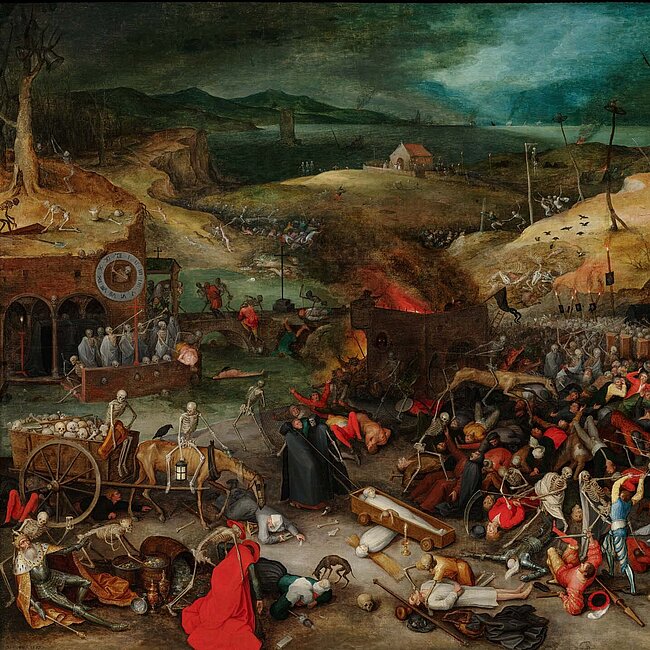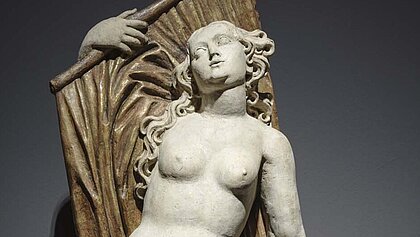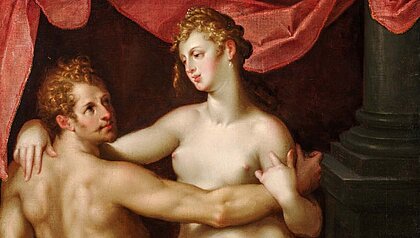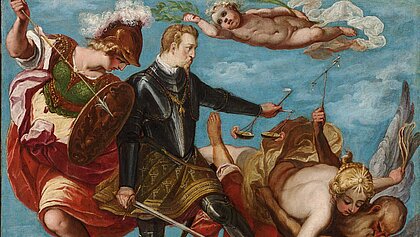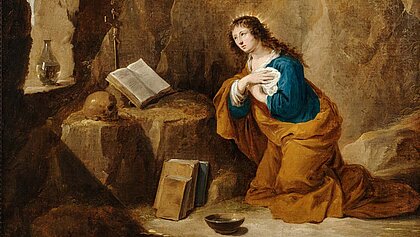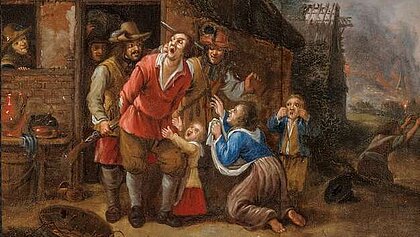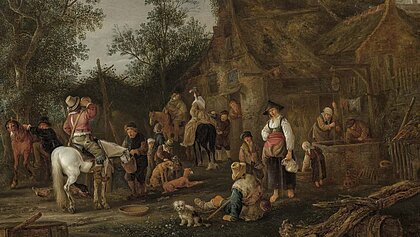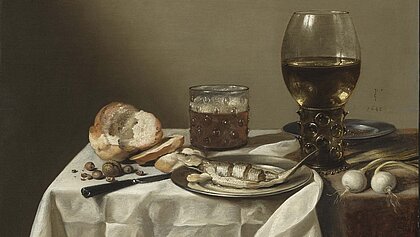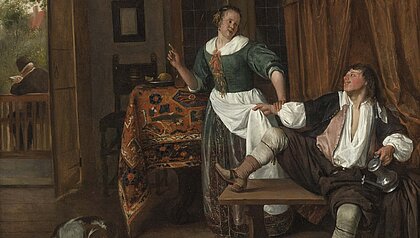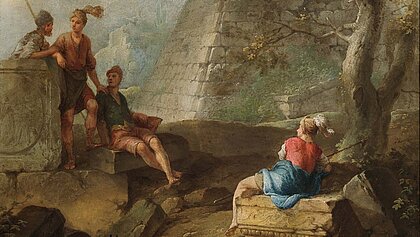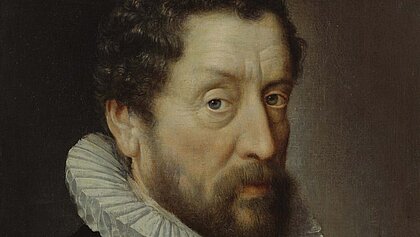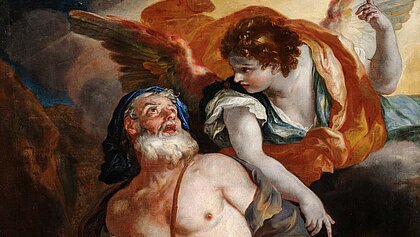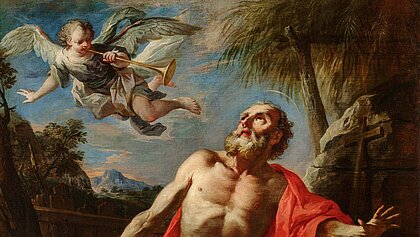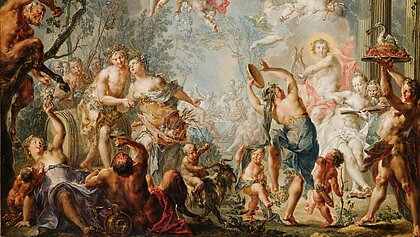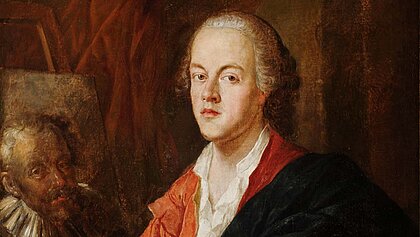Referred to as the early modern period, the centuries between 1500 and 1800 mark the transition from the Christian world view of the Middle Ages to the Enlightenment on the eve of the Modern Age: as old certainties dwindled, the search for new ways towards the future was fraught with conflict. The epoch is often associated with Renaissance and Baroque splendour. Yet on closer inspection, this dazzling façade also reveals a blood-soaked litany of endless wars and bitter distress.
As if guided by the unsteady hand of the goddess Fortuna, the dual countenance of this epoch is marked by religious struggle, by death and by the enjoyment of life, by hunger and abundance.




















